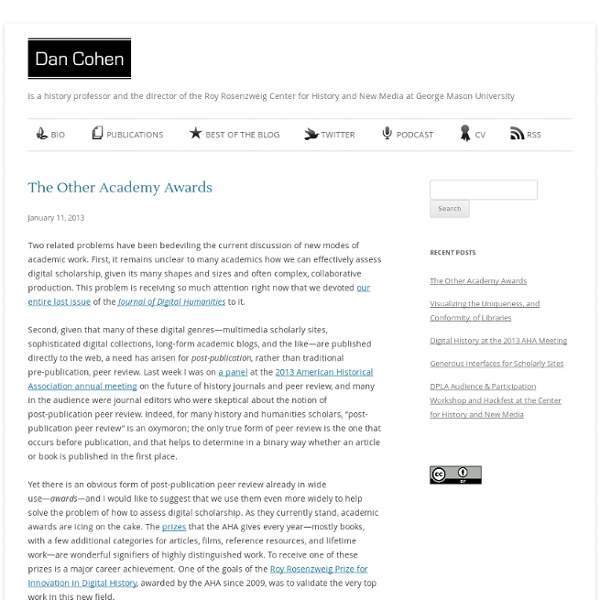



What is Twitter and Why Scientists Need To Use It. Bora Zivkovic an expert about scientific blogging and microblogging, and chair of ScienceOnline states that Twitter forces one to think about the economy of words, to become much more efficient with one’s use of language. It takes work and thought and practice to get to the point of tweeting truly well. I remember Jay Rosen once saying that some of his tweets take 45 minutes to compose and edit until he is satisfied that the text uses the words for maximal clarity and impact. Perhaps the best way to think of Twitter as relevant to science was put forth by James Dacey It’s been compared to a cocktail party where multiple conversations, all taking place at once, result in that familiar cacophony of chitchat. How is Twitter used? Twitter is increasingly becoming a platform for breaking news, including new scientific discoveries. Can meaningful content be conveyed on Twitter? In paper published in BioScience, John Eisen commented that Salt of DNA structure= double helix. Dr.
What Are We Made Of? : Through The Wormhole What are the biological differences between different races? Genetic anthropologists have discovered that up to 7 percent of our genes have mutated to new forms in the past 50,000 years. These changes are not just related to skin and eye color, but also to our bones, our digestive systems, and even our brains. This leads to an unsettling question. Or will the natural evolution of the brain continue, making our distant offspring far smarter than us? Hypnosis reaches the parts brain scans and neurosurgery cannot | Vaughan Bell | Science Whenever AR sees a face, her thoughts are bathed in colour and each identity triggers its own rich hue that shines across her mind's eye. This experience is a type of synaesthesia which, for about one in every 100 people, automatically blends the senses. Some people taste words, others see sounds, but AR experiences colour with every face she sees. But on this occasion, perhaps for the first time in her life, a face is just a face. No colours, no rich hues, no internal lights. If the experience is novel for AR, it is equally new to science because no one had suspected that synaesthesia could be reversed. The surprising reversal of AR's synaesthesia was reported in a recent study by psychologist Devine Terhune and his colleagues at Lund University in Sweden. When the colour of the onscreen face clashed with the colour that appeared in her mind's eye, she reacted slowly, as if trying to read traffic lights through tinted glasses. Vaughan Bell blogs at Mind Hacks
Scientia Pro Publica 41: the IgNobel Edition - Deep Thoughts and Silliness Blog | Nature Publishing Group Over at the Scholarly Kitchen, everyone’s favourite source material for winding up OA advocates, Phil Davis asked about something only tangentially related: Do Uninteresting Papers Really Need Peer Review? In it he lays out a view that is perhaps selfish, but understandably so. He outlines why he only agrees to review few papers, and what sort he will review: For me to accept an invitation to review, a paper has to report novel and interesting results. If it has been circulated as a preprint on arXiv, then I don’t benefit from seeing it a second time as a reviewer. Which; I guess, means he’s only interested in reviewing a small percentage of papers that come his way. Davis’ solution to the problem is to suggest that a boring paper doesn’t need to be reviewed fully: Perhaps all that is needed is to send null and confirmational results through perfunctory editorial review. As an editor, my reaction to this is “eek”. Would this help? Is this something we should try at JNR-EEB?
Wolfram Blog -